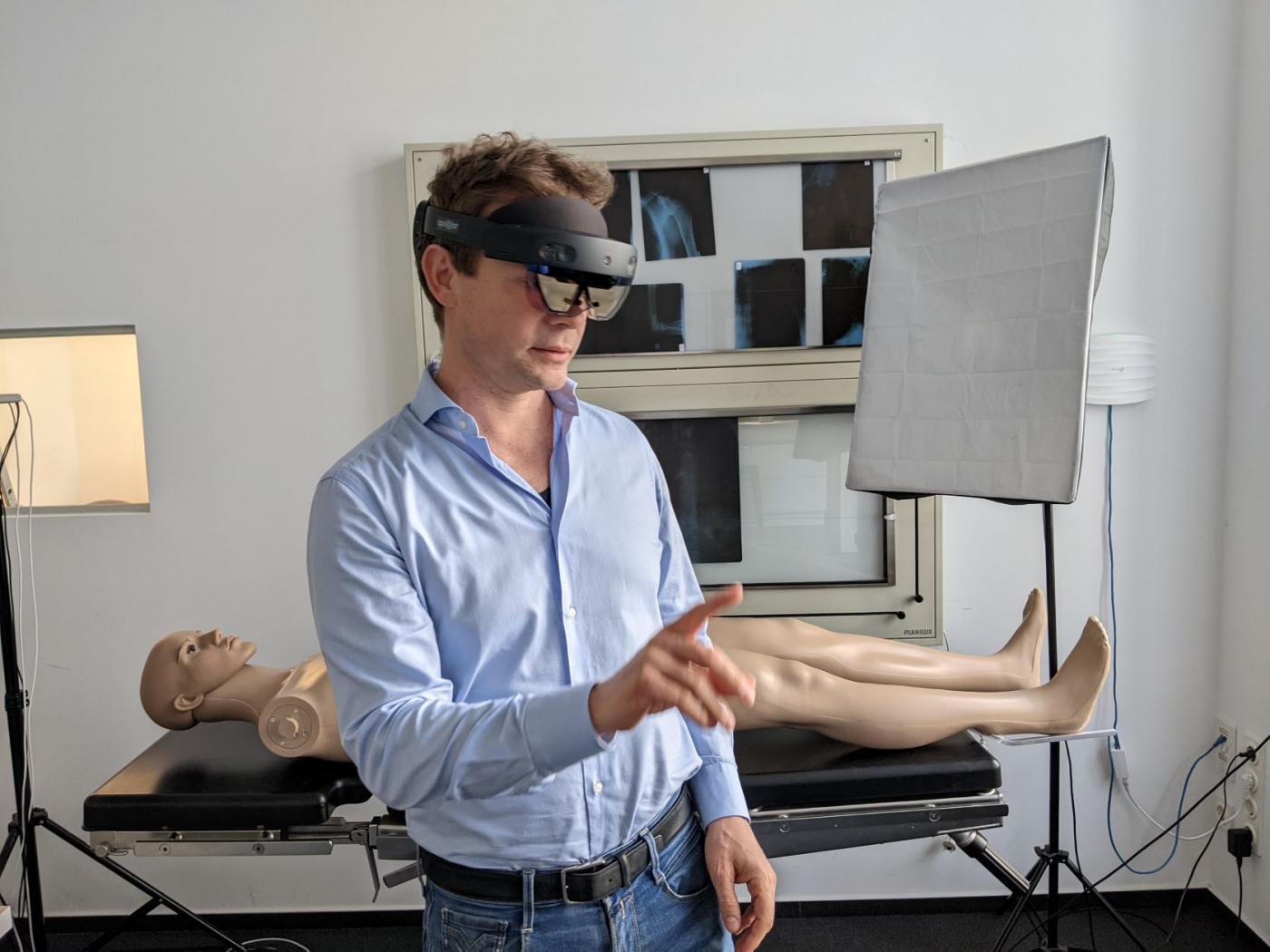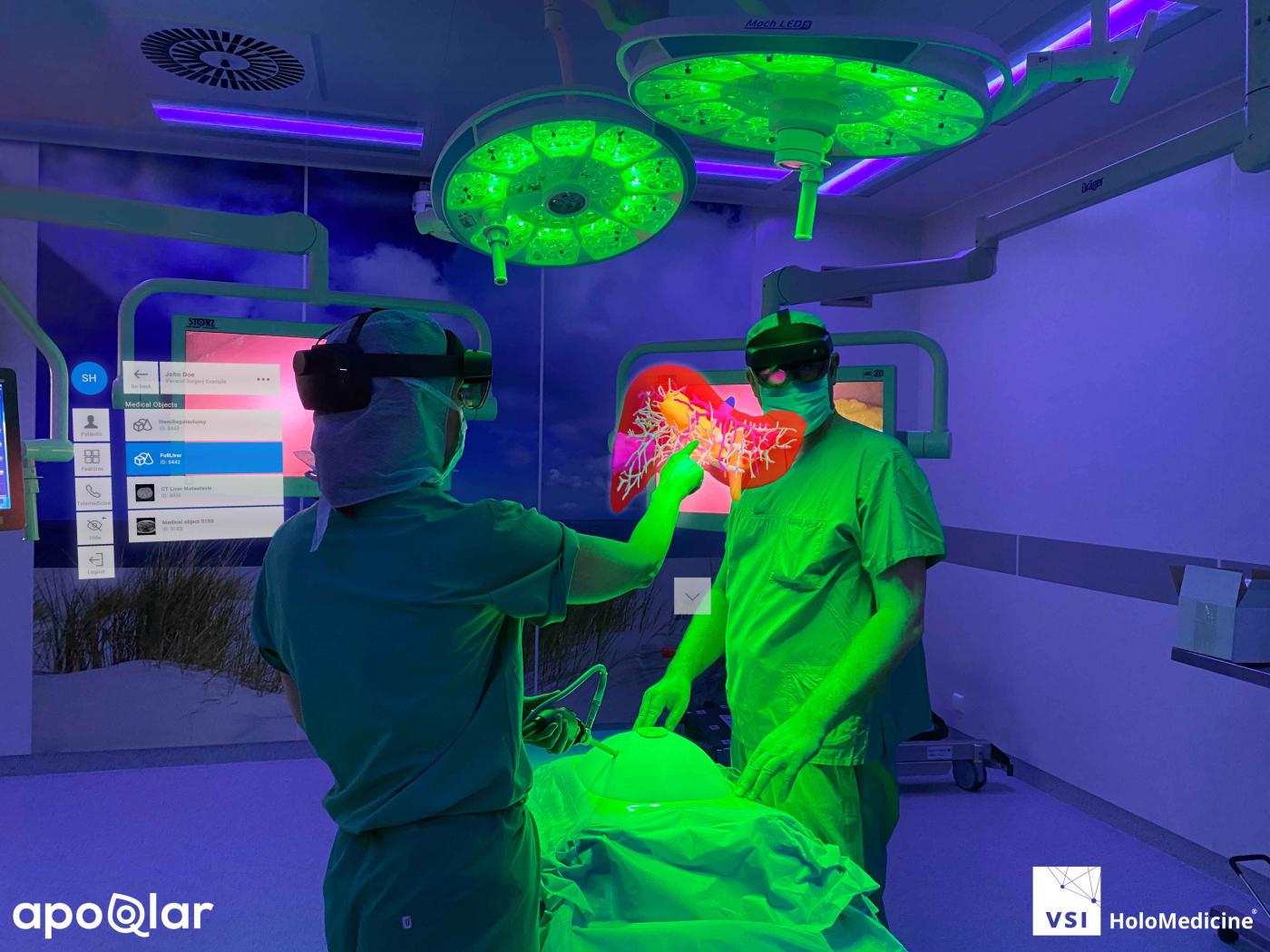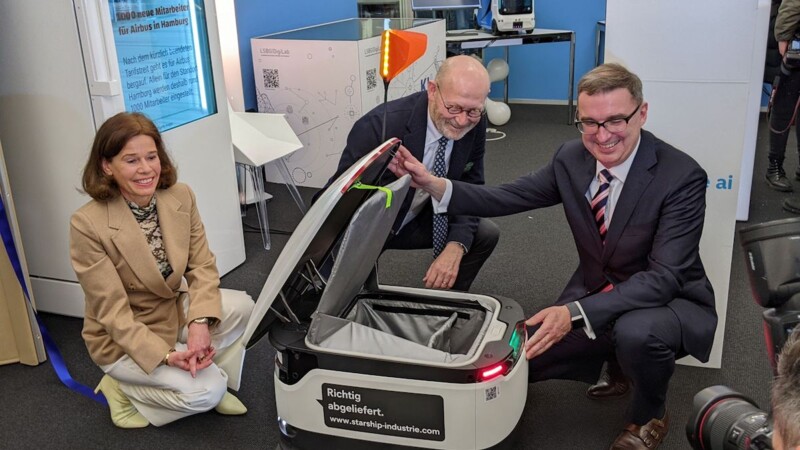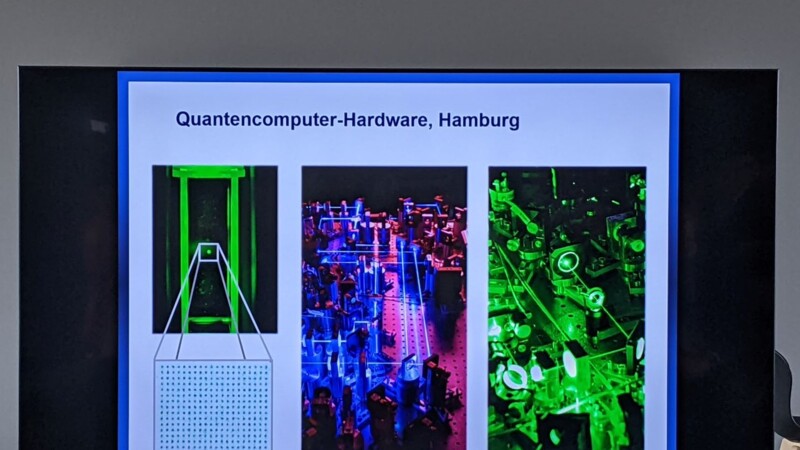"We have been a Microsoft Gold Partner since 2021, and the Microsoft HoloLens 2 hardware allows us to view holographic representations from every side. The images can be moved freely in space, resized and projected right onto the patient," Pelzl pointed out. The translucent virtual images unveil the doctor's area of operation underneath. "The holograms can be moved back and forth as needed and by voice or gesture control, so hands remain free and sterile." Dr Hans von Lücken, Senior Physician Head and Neck Surgery at Marienkrankenhaus, was one of the first to use the virtual support. The system has been significantly developed since then and is now certified medical software. "Meantime, VSI HoloMedicine® is used in 13 different medical fields and in more than 45 hospitals worldwide," Pelzl noted. Interest is particularly keen in the United States and Asia. Successful studies are in circulation, the procedure is becoming better known and the technology is improving all the time.





